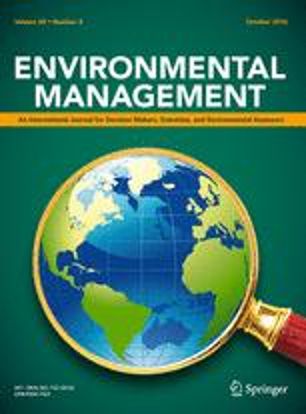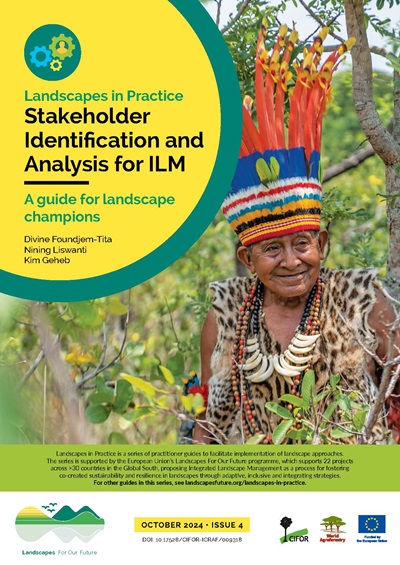Drylands are a critical part of the earth system in terms of total area, socioeconomic and ecological importance. However, while drylands are known for their contribution to inter-annual atmospheric CO2 variability, they are sometimes overlooked in discussions of global carbon stocks. Here, in preparation for the November 2021 UN Climate Change Conference (COP26), we review dryland systems with emphasis on their role in current and future carbon storage, response to climate change and potential to contribute to a carbon neutral future. Current estimates of carbon in dryland soils and vegetation suggest they are significant at global scale, containing approximately 30% of global carbon in above and below-ground biomass, and surface-layer soil carbon (top 30 cm). As ecosystems that are limited by water, the drylands are vulnerable to climate change. Climate change impacts are, however, dependent on future trends in rainfall that include both drying and wetting trends at regional scales. Regional rainfall trends will initiate trends in dryland productivity, vegetation structure and soil carbon storage. However, while management of fire and herbivory can contribute to increased carbon sequestration, impacts are dependent on locally unique ecosystem responses and climate-soil-plant interactions. Similarly, while community based agroforestry initiatives have been successful in some areas, large-scale afforestation programs are logistically infeasible and sometimes ecologically inappropriate at larger scales. As climate changes, top-down prescriptive measures designed to increase carbon storage should be avoided in favour of locally-adapted approaches that balance carbon management priorities with local livelihoods, ecosystem function, biodiversity and cultural, social and economic priorities.
DOI:
https://doi.org/10.3389/fenvs.2021.786087
Altmetric score:
Dimensions Citation Count:
























